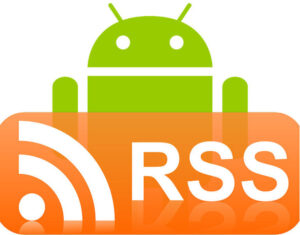Raspberry Pi 4 owners can now forgo an SD card entirely and boot files and software directly from a USB mass storage device.
Raspberry Pi has launched a beta firmware update for the Pi 4 that allows users to boot files and software from a USB device directly.
The update and bootloader eliminates the need to bootstrap an SD card for storage and means faster performance for Raspberry Pi 4 owners who want to use a USB device as their file system.
SEE: Hiring Kit: Computer Hardware Engineer (TechRepublic Premium)
Eben Upton, Raspberry Pi co-creator, told TechRepublic that the update had been in the works for the better part of a year and will allow Pi 4 power-users to capitalize on the board’s USB 3.0 compatibility.
“Starting with Raspberry Pi 3, we started supporting the ability to use a USB device as your file system rather than an SD card,” Upton said. “That’s become much more interesting on Raspberry Pi 4 because we have USB 3.0, so we have a lot more performance.
“If you look at the SD card performance, [it] went up by a factor of two between Raspberry Pi 3 and Raspberry Pi 4, whereas the USB performance went up roughly by a factor of 10. So you’re getting 4Gbit/s, in theory, over that link, and that makes it a very good way of attaching storage.”
Raspberry Pi has seen sales of its single-board Pi 4 skyrocket during the coronavirus pandemic as consumers seek out inexpensive solutions for working and learning from home. The company has also launched its $50 High Quality Camera in recent weeks.
While it’s been possible to use a USB device as a hard drive for the Raspberry Pi 4 since the device’s launch, until now an SD card has been required for the bootstrap. Unlike previous models, the Model B didn’t support USB mass storage boot, which Raspberry Pi committed to fixing in a future update.
SEE: Technology in education: The latest products and trends (free PDF)
That update, which is now available in beta for those willing to put up with bugs and other issues likely to accompany it, makes it possible to boot directly from USB 3.0, removing the need for an SD card entirely. “You can just plug it in, put an operating system on it and away you go,” said Upton.
Raspberry Pi has posted documentation and setup instructions for the bootloader configuration on its website.
It recommends using a USB pen drive or SSD to begin with to verify that devices work correctly from within the Raspbian operating system.
Also see
Source of Article



